Mining
The works in the Ablaña mining reserves started in the last third of the 19th century, exploiting a productive deposit that reached towards the council of Riosa. The company Mina Llamas would try to exploit it at first by means of mountain mines, and later by means of an inclined shaft, which was relegated to the sinking of a three-storey, 130-metre vertical shaft opened in 1941 under the name of San José.
Two years later, the company was taken over by the Cantabrian mining and metallurgical company Nueva Montaña Quijano, which made the mine 100 metres deeper. In order to meet the new requirements regarding its depth, the company had to replace the small original headframe with an almost identical but larger one. Both of the headframes were built in the workshops of the nearby Fábrica de Mieres. The original headframe was acquired a decade later by Empresa Nacional Siderúrgica (ENSIDESA) for the Monsacro Mine sinking works, being later dismantled after fulfilling this function.
The Llamas headframes are a very singular case within this type of construction. These are made of steel latticework, and their main peculiarity lies in the position of the headframe with respect to a parapet, which is not covered and framed by the steel structure. Thus, it covers the shaft partially with only two uprighters, so that the cables hang from the pulleys outside the structure of the headframe. This created an elegant and only-apparent instability effect. To achieve this balance, the two uprighters are supported by the strut braces, created with a beautiful and complex lattice work that we can still admire today. Due to its characteristics, the extraction machine was placed in an elevated position inside the machinery building, in order to achieve the necessary angle to lift the cages.
In 1967, Nueva Montaña integrated the exploitation in Ablaña into Hunosa, keeping it active until the mid-1970s. Since then, the shaft began a process of deterioration that would end up erasing a valuable testimony of the intense mining activity in the valley of the Caudal river.

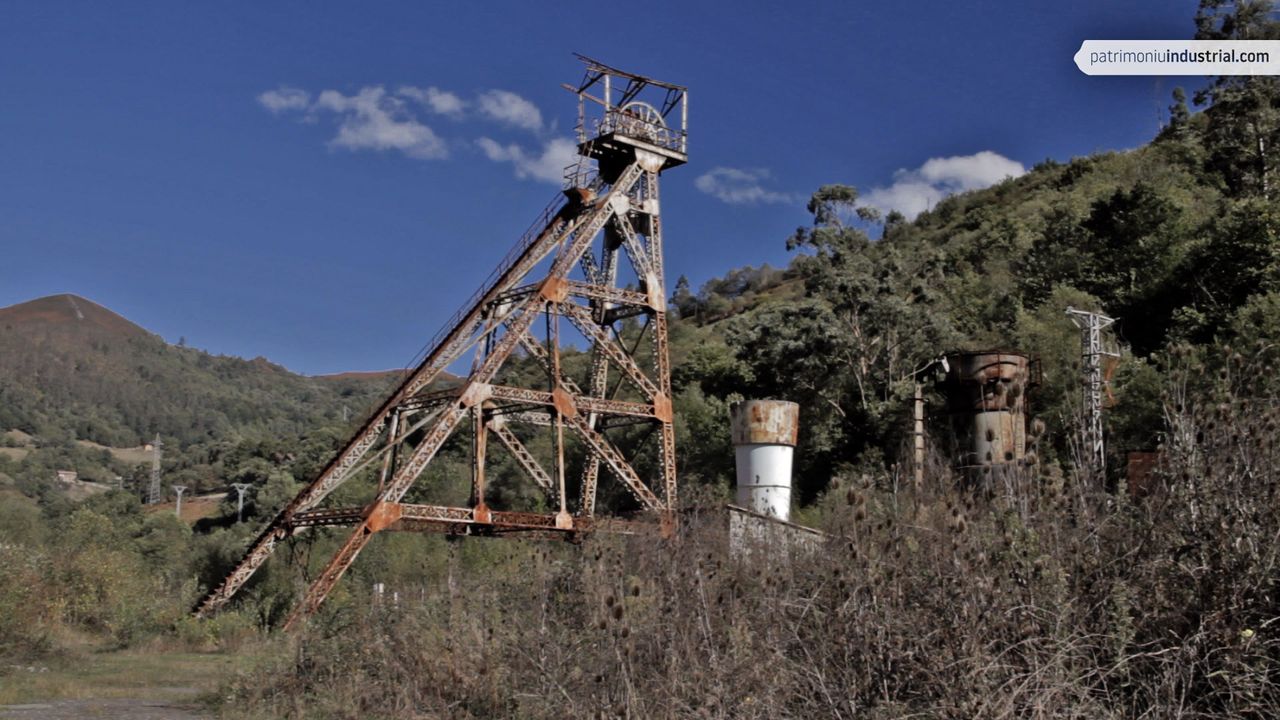
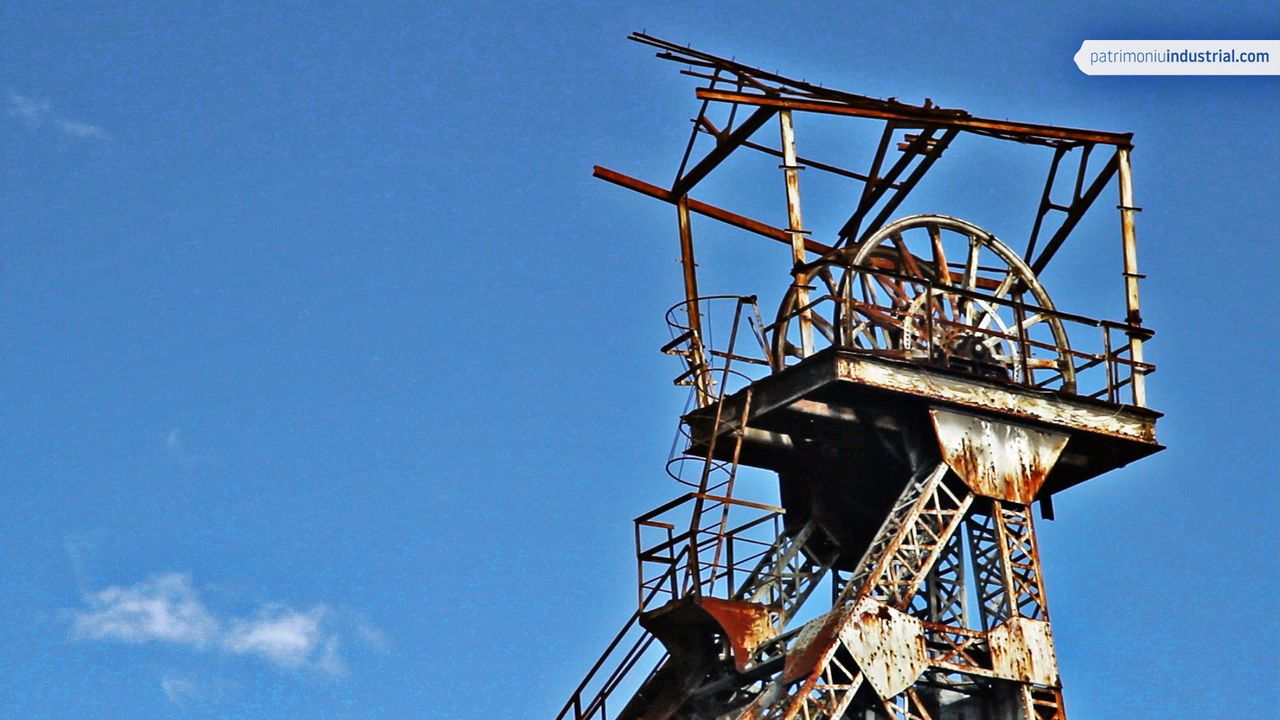
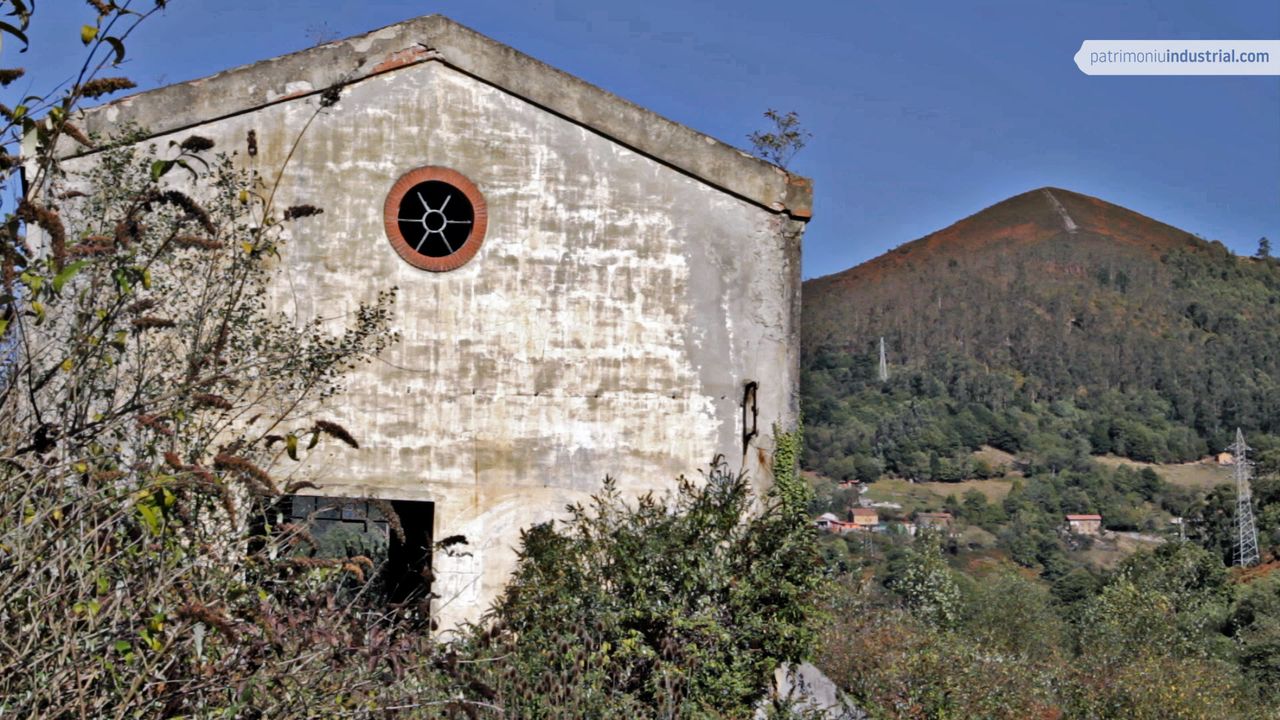
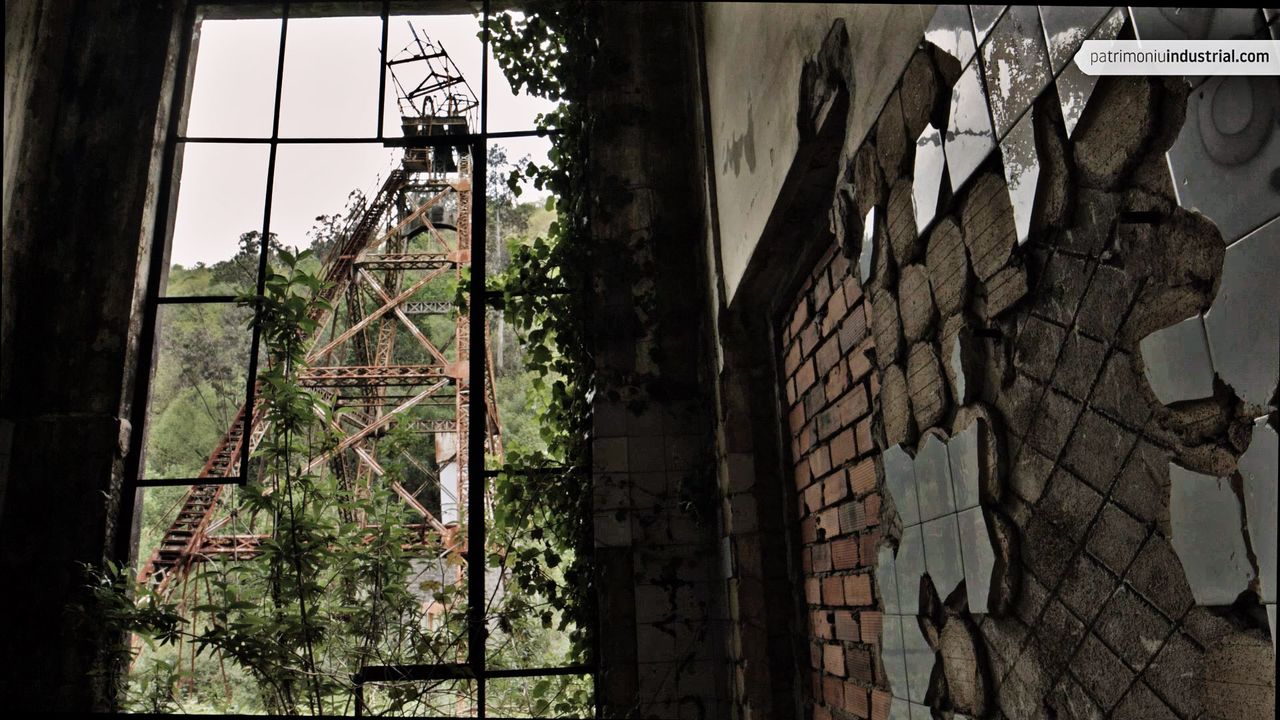
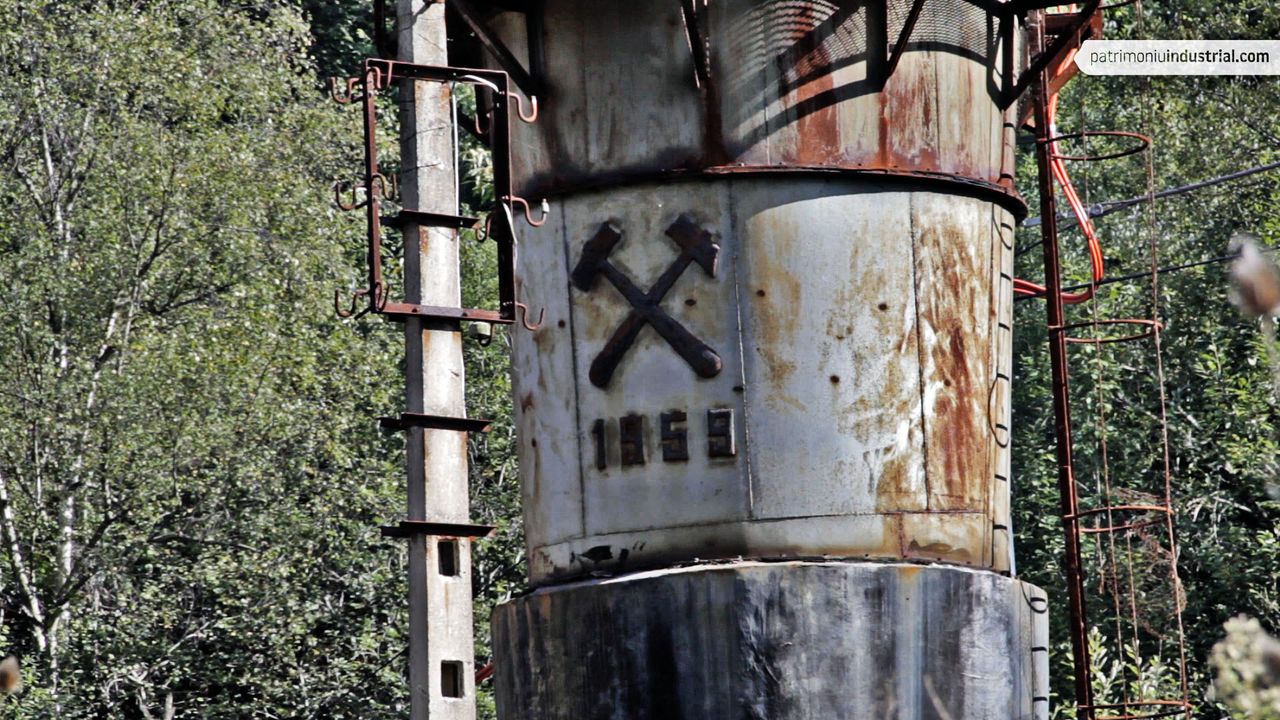
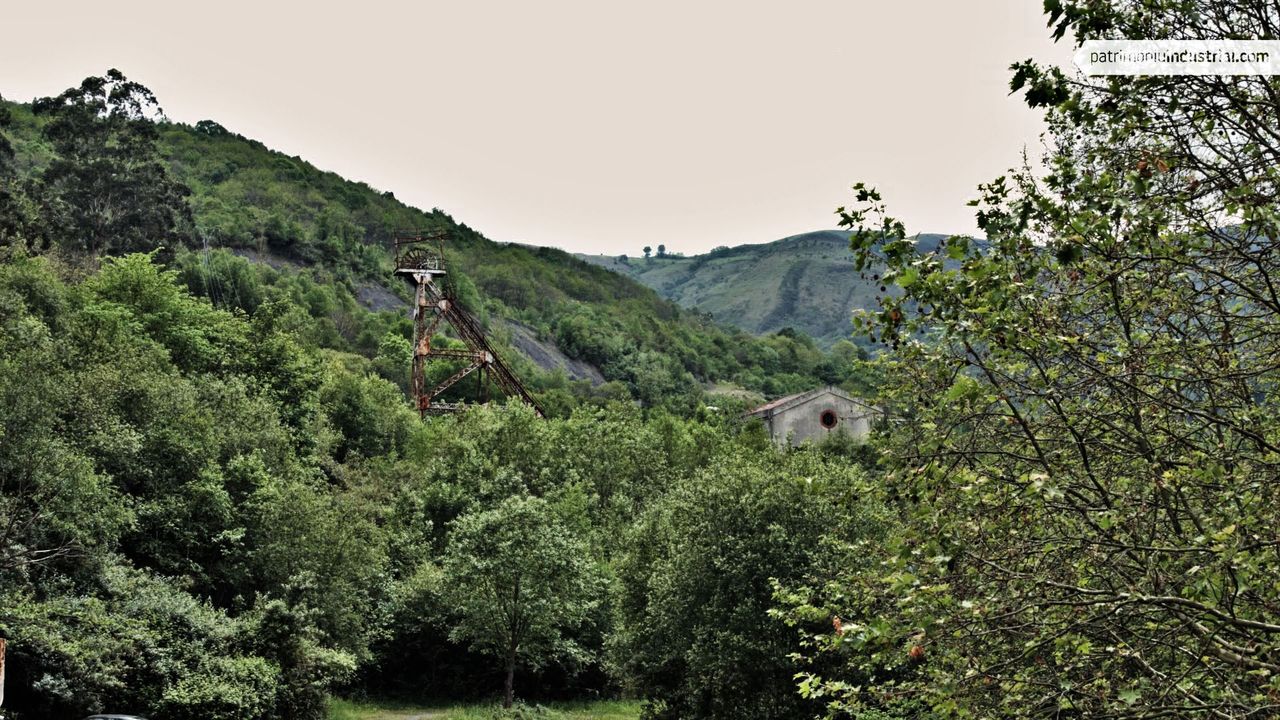
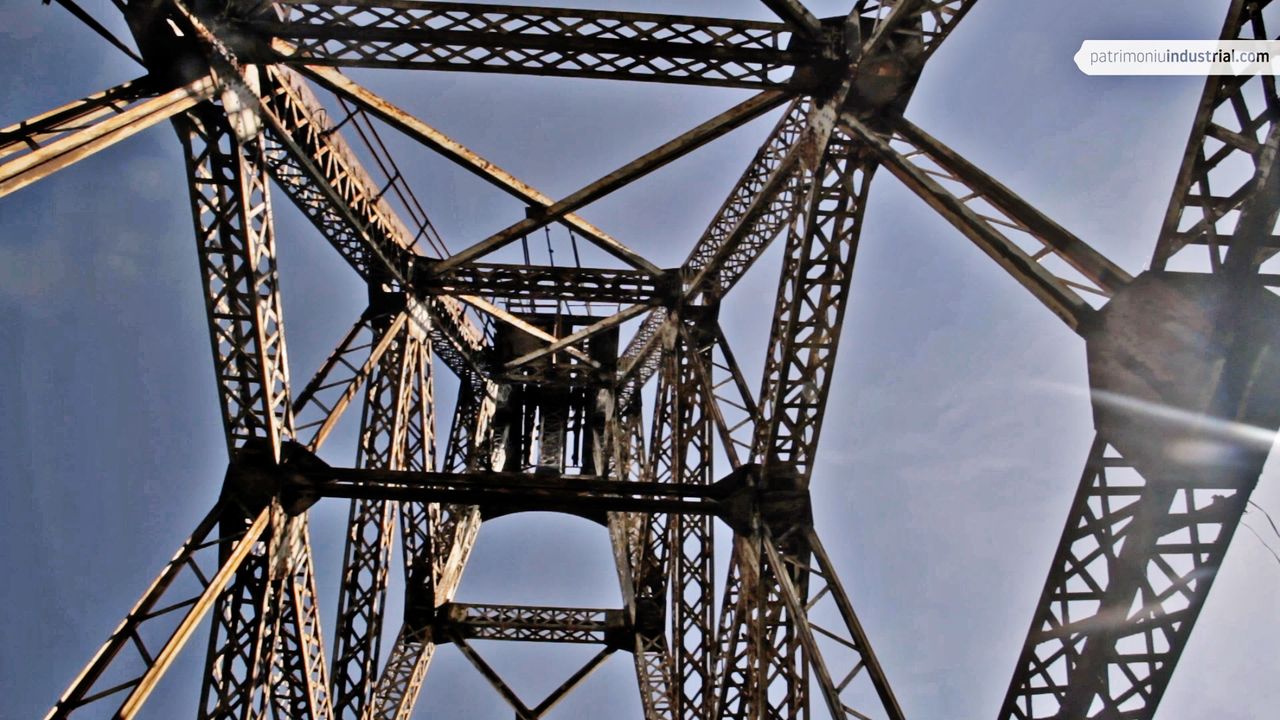

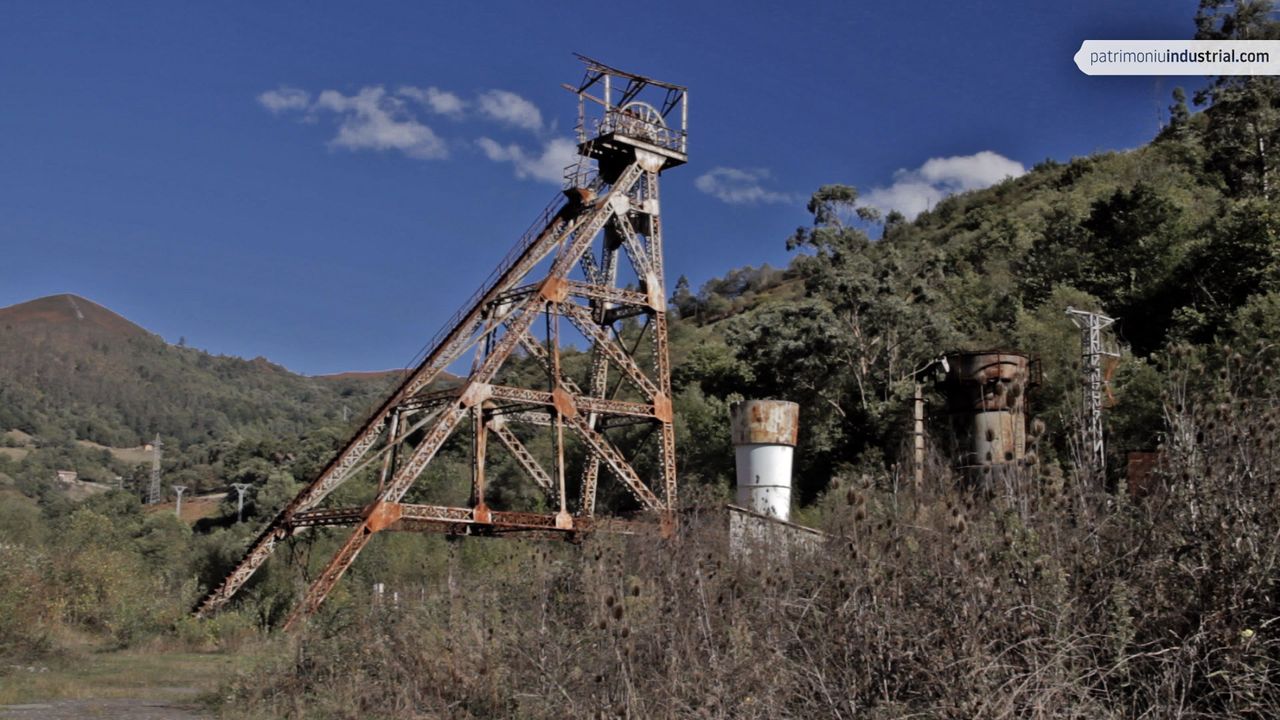
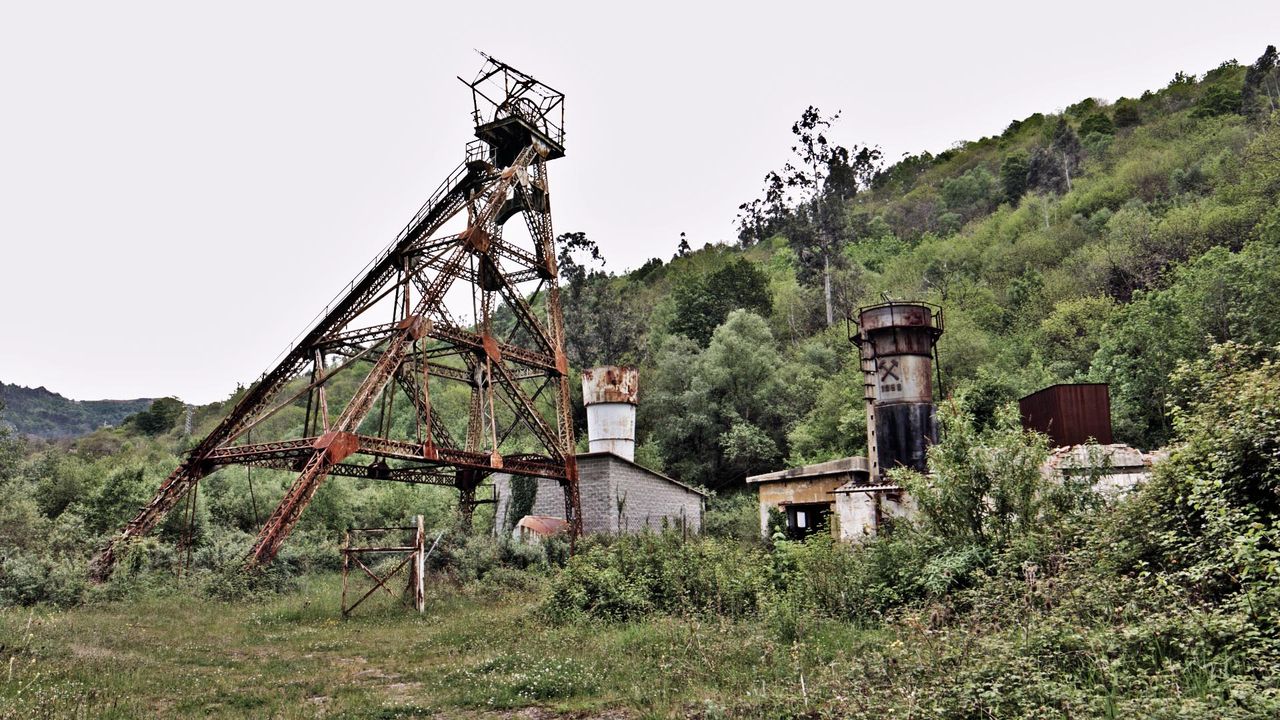
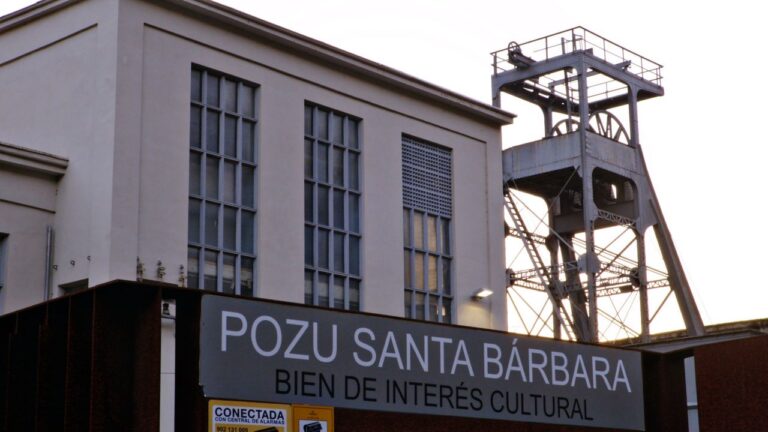
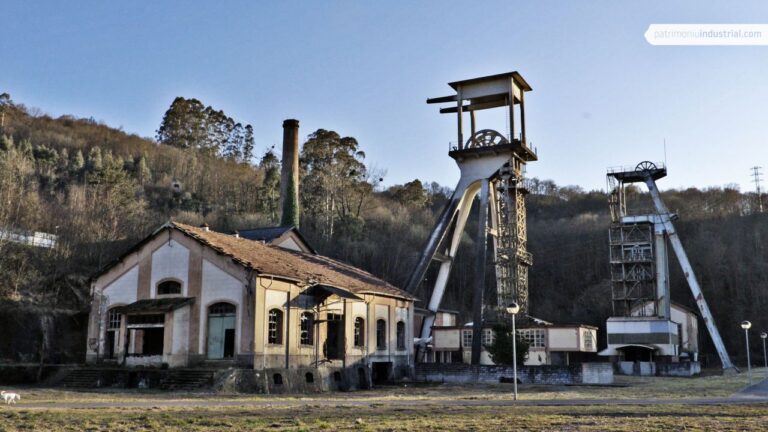
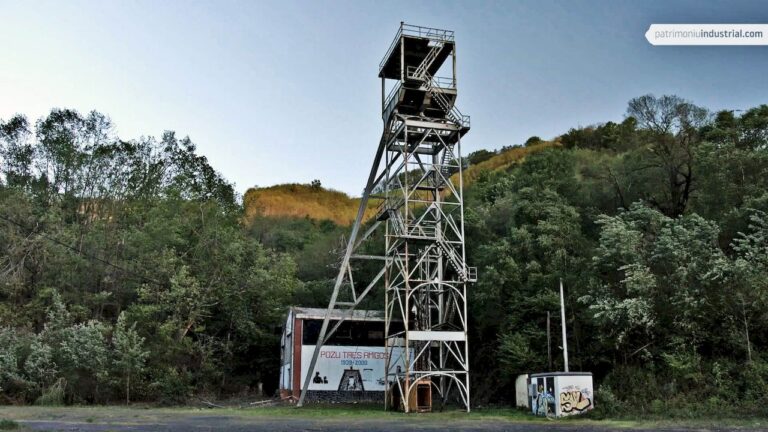

Recent Comments